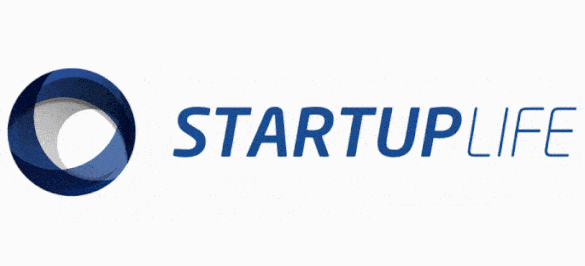By Otávio Almeida and Layon Lopes
If Fintechs were animals, they would be dogs or any other animal with several different breeds, colors, sizes and coats, but in the end we would look and say: “it is definitely this animal!”.
Fintechs are a large genus of innovation companies in the financial services industry, but with many species and subspecies. So talking about Fintechs is a thankless task if you want to generalize and theorize about them as if they were one thing.
One of the major types of Fintechs are the Payment Institutions, which we will discuss in this text and their types: electronic money issuer; issuer of postpaid payment instrument; acquirer; and, payment transaction initiator.
After all, what are Payment Institutions?
According to the Central Bank, the main function of these institutions is to provide services for buying, selling, and moving funds for payments. They make it possible to make payments independently of relationships with banks and other financial institutions. With the movable financial resource, for example, by means of a prepaid card or a cell phone, the user can carry values and make transactions without having cash.
Something important to keep in mind is that Payment Institutions are not financial institutions, i.e. they cannot perform activities that are exclusive to these institutions, such as loans and financing. Payment institutions, even though they are not part of the National Financial System, are regulated by the Central Bank and the National Monetary Council.
One of the focal points of the innovations of Payment Institutions is interoperability, that is, the fact that the user can send and receive money to and from other banks and payment institutions.
To understand a Payment Institution it is necessary to understand what payment arrangements are. Well, payment arrangements are the rules and procedures that allow and limit the provision of services, thus connecting all participants in the payment chain. They are responsible for providing the necessary resources for a transaction to occur, for example the settlement of a purchase made online being made possible by the provision of payment methods either by payment slip, bank transfer, card or PIX.
Payment services offered by Payment Institutions (PI):
– deposit or withdrawal of funds held in a payment account;
– managing payment accounts
– execute or facilitate payment instructions
– issuing and accrediting the acceptance of a payment instrument
– execute remittance of funds;
– convert physical or scriptural currency into electronic currency, or vice-versa; and
– accredit the acceptance or manage the use of electronic currency.
For a Payment Institution to be able to perform these transactions, a few steps are required:
- a payment institution or a financial institution that has joined a payment arrangement;
- the payment instrument, which is the device used to buy products/services or to transfer funds, such as a debit or credit card, a bill of exchange, or a cell phone;
- the originator of the payment arrangement, which is the legal entity responsible for creating and organizing the arrangement, such as credit card companies;
- the payment arrangements set up by the originator, which are the rules and procedures that govern the provision of payment services to the public; among these rules are: a) the settlement periods; b) the conditions for a payment institution or financial institution to join the arrangement; c) the security rules to protect consumers and merchants from risks, fraud, card cloning, etc.
All those involved in the payment must adhere to and accept the rules of the arrangement (issuers of payment instruments and accreditors of these instruments). Participation in an arrangement unites all the members of the payment chain, allowing the payer and the payee, through their institutions, to make and accept payments.
Types of Payment Institution (The same payment institution can act in more than one modality):
Electronic Currency Issuer: Manages prepaid type payment account, in which funds must be pre-deposited. Example: issuers of prepaid cards in national currency.
Post-paid payment instrument issuer: Manages a post-paid payment account, in which the funds are deposited to pay debts previously incurred. Example: Credit card issuing institutions (the credit card is the payment instrument).
Accreditor: Enables merchants to accept a payment instrument, without managing the payment accounts of end users. Example: Vendor of vending machines for receipt of cards by merchants.
Payment transaction initiator: Initiates a payment transaction ordered by the end user, but does not manage a payment account, nor does it hold the funds of the initiated transactions at any time. Example: institution that enables the customer to make payments or transfers in person or over the internet, without using a card and without having to directly access the environment of the institution where the customer has an account.
* Layon Lopes is the CEO of Silva | Lopes and Otávio Almeida is a member of the Silva | Lopes team.








